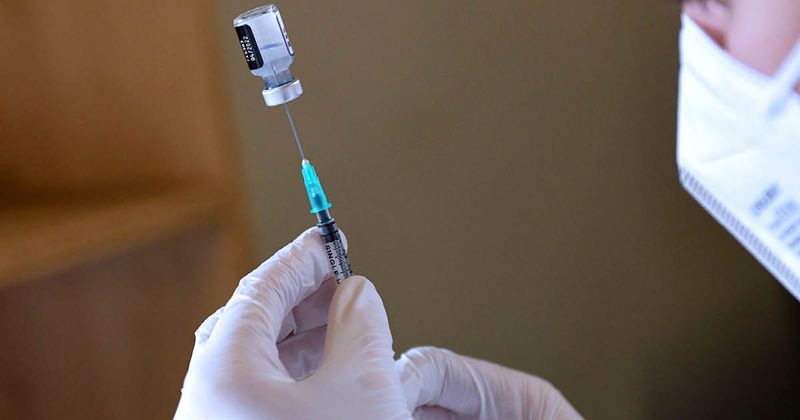FDA committee endorses plan to simplify COVID-19 vaccines
An FDA advisory committee voted unanimously Thursday in favor of a plan to streamline and simplify COVID-19 vaccine compositions in the United States by replacing initial, primary doses with the bivalent vaccines currently used as boosters.
The FDA’s Vaccines and Related Biological Products Advisory Committee (VRBPAC) voted 21-0 to recommend “harmonizing” the strains in COVID-19 vaccines so that all vaccines — including those used in primary series — target both the original SARS-CoV-2 strain and the omicron subvariants BA.4 and BA.5.

“There’s so much confusion about these different formulations that I think anything we can do to ease up on that confusion and simplify things, it’s going to be a good thing,” Archana Chatterjee, MD, PhD, dean of the Chicago Medical School and vice president for medical affairs at Rosalind Franklin University of Medicine and Science, said during the meeting.
“Having vaccines isn’t good enough — we need to get them into arms. I think this is a big step in the right direction to doing that,” Chatterjee said.
The three COVID-19 vaccines — from Moderna, Pfizer-BioNTech and Novavax — require different formulations for various age groups. All three companies said they are moving toward single-dose packaging, which will allow clinicians and pharmacists to vaccinate individuals without potentially wasting remaining doses in the current multidose vials.
In other discussions during the daylong VRBPAC meeting, committee members debated a potential move to provide annual COVID-19 boosters, akin to influenza shots.
Several members noted that more data on dosage are needed for all age groups, and especially for children, and there was support to move toward an annual vaccination plan similar to influenza that would include meetings mid-year to determine the formulation of that year’s vaccine.
Others noted that although influenza has a clear seasonality, in 3 years of tracking SARS-CoV-2, there have been at least two spikes per year, a small one during the summer and larger one in the fall and winter, during influenza season.
Bruce Gellin, MD, MPH, chief of global public health strategy at The Rockefeller Foundation, noted several complexities to providing seasonal COVID-19 shots, including the need to track variants to determine which to include in vaccines. Twelve omicron viruses are currently causing new COVID-19 cases in the U.S., according to the latest CDC tracking, although more than 92% of cases are a result of just three of those viruses.
“The CDC data about the diversity of variants around the country [are] really quite revealing, and we didn’t see anything about the rest of the world,” Gellin said.
In addition to concern about how to track variants, committee members noted a lack of data on patients with COVID-19, which they said hinders decision-making and messaging.
“We need the CDC to tell us specifically who is getting sick and dying, and that has to be provided in concert with immunological data for who is at risk,” Paul A. Offit, MD, director of the Vaccine Education Center and attending physician in the division of infectious diseases at The Children’s Hospital of Philadelphia, said during the meeting.
“Then, and only then can we make the best decision about who gets vaccinated with what and when,” Offit said.
Amesh A. Adalja, MD, FIDSA, FACEP, senior scholar at the Johns Hopkins Center for Health Security, told Healio the entire U.S. population likely does not need an annual vaccine booster and that decisions on who gets annual or biannual boosters should be “more personalized based on risk factors for severe disease.”
“Boosters are for prevention of severe disease, and not everyone has an equal risk for severe disease,” Adalja said. “Annual boosting may make sense for higher risk individuals but not for low-risk people whose risk for hospitalization is extremely low.”
References:
- CDC. COVID data tracker – variant proportions. https://covid.cdc.gov/covid-data-tracker/#variant-proportions. Accessed Jan. 27, 2023.

